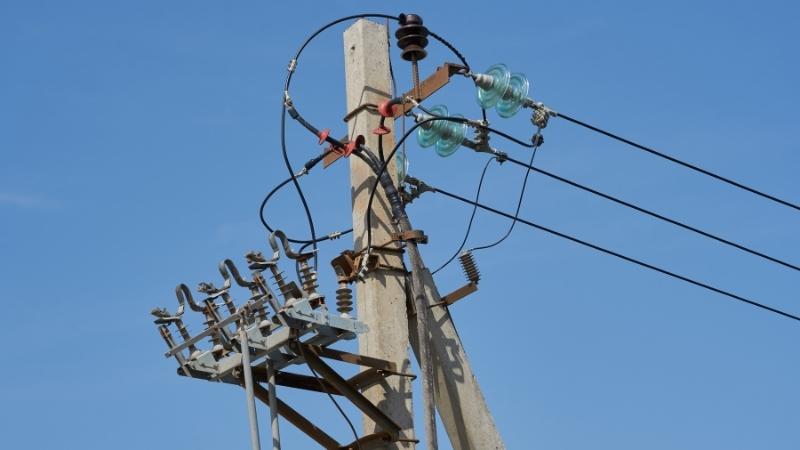An overhead power line and many other public utilities, such as electrical cable, fiber optic cable, and related equipment like transformers and street lights are supported by utility poles.
Depending on its use, it may be called a transmission pole, telephone pole, telecommunications pole, power pole, hydro pole, telegraph pole, or telegraph post.
What Are Utility Poles Used For
As an affordable approach to keep electrical wires and cables insulated from the ground and out of the way of people and cars, they are routed overhead on utility poles. Wood, metal, concrete, or composites like fiberglass can be used to construct utility poles.
They are used for two types of power lines: sub-transmission lines that transport higher voltage power between substations and distribution lines that distribute lower voltage power to clients.
William Fothergill Cooke, a telegraph pioneer, used the first poles in 1843 on a line along the Great Western Railway. Utility poles were first used in America with telegraph systems in the mid-nineteenth century, beginning with Samuel Morse, who attempted to bury a line between Baltimore and Washington, D.C. but had to move it above ground when the system proved to be faulty.
Due to their perceived ugliness and safety issues, especially in areas with considerable amounts of snow and ice buildup, utility poles are progressively being replaced by underground distribution lines in residential communities nowadays.
Utility Pole Sizes
In the United States, a conventional utility pole is roughly 40 feet (12 meters) long and is buried about 6 feet (2 meters) underground. However, in certain cases, poles can reach heights of 120 feet (37 meters) or more to meet clearance standards.
In metropolitan areas, they are normally located approximately 125 feet (38 meters) apart, whereas, in rural areas, they are spread around 300 feet (91 meters), however, distances vary greatly depending on topography.
Different Kinds of Utility Poles And Their Weights
Poles are available in a variety of lengths, diameters, and wood species. Water content varies. Each of these characteristics will have an impact on the pole’s weight. It is impossible to give an exact answer without knowing the exact length, density, and a lot more of a particular pole. However, the following are projected to be the average weight of utility poles based purely on the materials they’re composed of.
Wood poles

A standard American utility pole composed of wood is available in a variety of diameters and weights. Over time, however, 40-foot poles have become the accepted standard, and wooden poles of this length often weigh around 1,100 pounds.
Concrete poles

PCC and RCC poles are the two main types of concrete utility poles in use. RCC poles are reinforced cement concrete poles, whereas PCC poles are plain cement concrete poles.
Cement and concrete are used to make the plain cement concrete pole, which has poor mechanical strength. Reinforced cement concrete, on the other hand, is composed of cement concrete and rods to strengthen the pole’s strength, giving it higher mechanical strength.
The concrete poles used for distribution today are frequently 8 or 9 meters tall. An 8-meter PCC pole weighs 380 kilograms, whereas an RCC pole of the same height weighs between 420 and 450 kilograms. The 9-meter PCC pole weighs 470 kg, while the RCC pole weighs slightly more than 600 kg.
Steel poles

Wooden poles were once the most common type of pole used for utility distribution, but the market is changing, and steel distribution poles are becoming a viable and cost-effective option.
Steel poles have more than tripled in number in recent years across North America. This pole option is used by around 600 utilities out of the estimated 185 million electric distribution poles that cover the United States and Canada.
Steel poles provide the following advantages: they require less maintenance, which lowers upkeep expenses; there is no need to tighten hardware to adjust for pole shrinkage.
They may be taller and carry heavier loads, allowing longer spans and requiring fewer poles, thanks to the strength of steel. Also, a steel pole can be sold to scrap dealers and totally recycled at the end of its long service life, saving money on pole disposal. The average Steel distribution poles (40 feet, Class 4) weigh about 450 pounds, making them at least 30% lighter than wood poles.
Finally, it’s crucial to remember that, as previously indicated, different factors influence the weight of utility poles, thus the above estimations are merely a rough guide. If you require further information, you may need to contact your supplier.






